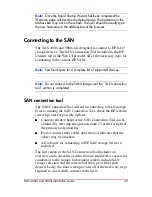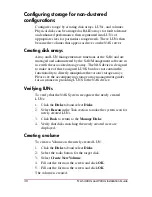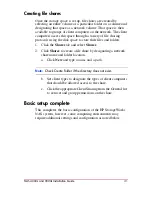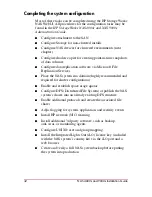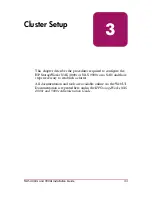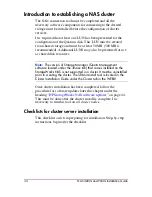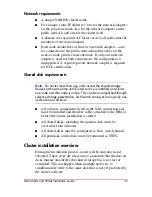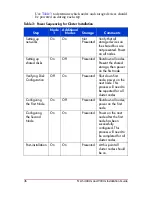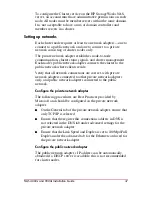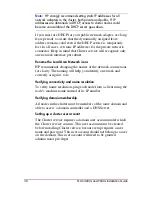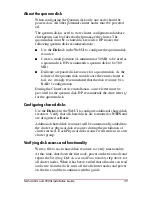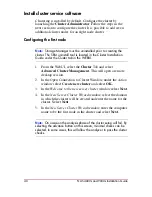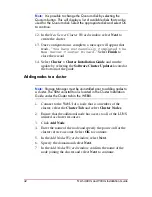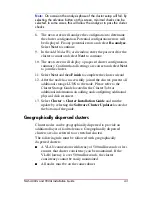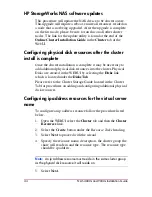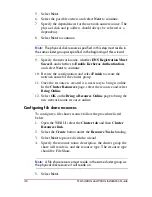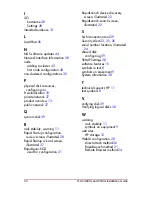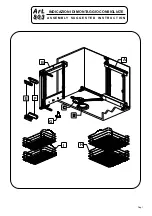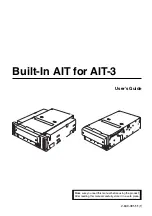
HP Restricted
Template date: 09/2003
NAS 4000s and 9000s Installation Guide
DRAFT
43
Note:
On occasion the analysis phase of the cluster setup will fail. By
selecting the advance button on this screen, minimal checks can be
selected. In some cases, this will allow the analyzer to pass the cluster
checks.
8. The next screen will analyze the configuration to determine
the cluster configuration. Potential configuration errors will
be displayed. Fix any potential errors and select Re-analyze.
Select Next to continue.
9. In the Add Nodes Wizard window, enter the password for the
cluster account and select Next to continue.
10. The next screen will display a proposed cluster configuration
summary. Confirm that all settings are correct and select Next
to join the cluster.
11. Select Next and then Finish to complete the cluster wizard.
12. After the node has successfully joined the cluster, present all
additional storage LUNS to the node. Please refer to the
Cluster Storage Guide located in the Cluster Tab for
additional information on adding and configuring additional
physical disk resources.
13. Select Cluster > Cluster Installation Guide and run the
update by selecting the Software Cluster Updates located at
the bottom of the guide.
Geographically dispersed clusters
Cluster nodes can be geographically dispersed to provide an
additional layer of fault tolerance. Geographically dispersed
clusters are also referred to as stretched clusters
The following rule must be followed with geographically
dispersed clusters:
■
A VLAN connection with latency of 500 milliseconds or less
ensures that cluster consistency can be maintained. If the
VLAN latency is over 500 milliseconds, the cluster
consistency cannot be easily maintained.
■
All nodes must be on the same subnet.

